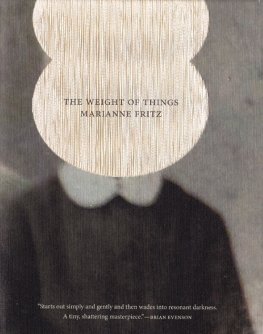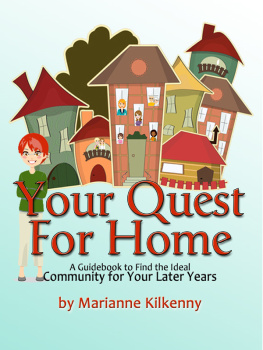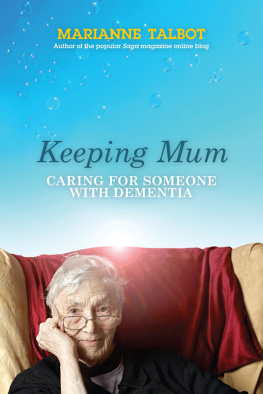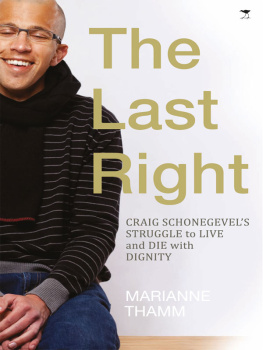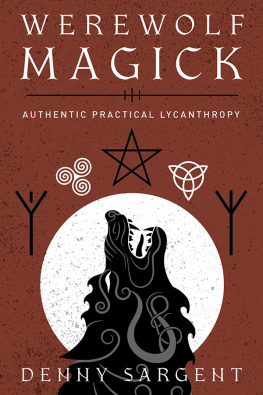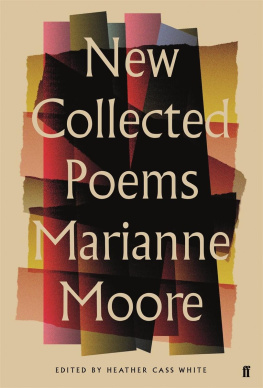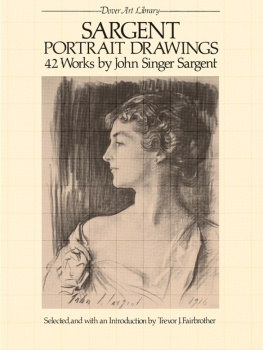Marianne Sargent - The Project Approach in Early Years Provision
Here you can read online Marianne Sargent - The Project Approach in Early Years Provision full text of the book (entire story) in english for free. Download pdf and epub, get meaning, cover and reviews about this ebook. year: 2011, publisher: Practical Pre-School Books, genre: Children. Description of the work, (preface) as well as reviews are available. Best literature library LitArk.com created for fans of good reading and offers a wide selection of genres:
Romance novel
Science fiction
Adventure
Detective
Science
History
Home and family
Prose
Art
Politics
Computer
Non-fiction
Religion
Business
Children
Humor
Choose a favorite category and find really read worthwhile books. Enjoy immersion in the world of imagination, feel the emotions of the characters or learn something new for yourself, make an fascinating discovery.

- Book:The Project Approach in Early Years Provision
- Author:
- Publisher:Practical Pre-School Books
- Genre:
- Year:2011
- Rating:5 / 5
- Favourites:Add to favourites
- Your mark:
- 100
- 1
- 2
- 3
- 4
- 5
The Project Approach in Early Years Provision: summary, description and annotation
We offer to read an annotation, description, summary or preface (depends on what the author of the book "The Project Approach in Early Years Provision" wrote himself). If you haven't found the necessary information about the book — write in the comments, we will try to find it.
The Project Approach in Early Years Provision — read online for free the complete book (whole text) full work
Below is the text of the book, divided by pages. System saving the place of the last page read, allows you to conveniently read the book "The Project Approach in Early Years Provision" online for free, without having to search again every time where you left off. Put a bookmark, and you can go to the page where you finished reading at any time.
Font size:
Interval:
Bookmark:
Title page
The Project Approach in Early Years Provision
A practical guide to promoting childrens creativity and critical thinking through project work
by Marianne Sargent
Publisher information
2014 digital version by Andrews UK Limited
www.andrewsuk.com
Published by Practical Pre-School Books, A Division of MA Education Ltd, St Judes Church, Dulwich Road, Herne Hill, London, SE24 0PB.
Tel: 020 7738 5454
www.practicalpreschoolbooks.com
MA Education Ltd 2011
All photos MA Education Ltd. Photos taken by Ben Suri and Marianne Sargent.
Front cover photo: iStockphoto.com/Sergey Galushko.
Photo on the last page of the Learning Story in the Resources section iStockphoto.com/Danielle Davey
All rights reserved. No part of this publication may be reproduced, stored in a retrieval system, or transmitted by any means, electronic, mechanical, photocopied or otherwise, without the prior permission of the publisher.
About this book
This book is intended for early years leaders, trainers, practitioners and students. It aims to provide a guide to the project approach that links theory and research to practice and explains the approach using case study examples to bring it to life.
The book is divided into three parts. The first part entitled Supporting Early Learning begins with an explanation of what the project approach is. It provides a rationale for using the approach by demonstrating how it fosters particular aspects of educational practice that support early learning. In doing so, it refers to learning theory and research and includes a number of case studies in order to illustrate how project work is beneficial to early educational practice. It also considers the general aims and principles of British early years curricula and how the project approach relates to these and helps to meet requirements. Additionally, it looks at issues and concerns surrounding using such an approach within early years settings.
The second part, called The Project Approach in Action explains how project work is planned and carried out and provides examples of planning, observation and assessment documents. It explains how a full-scale project can be planned to lead on from a provocation, and provides a detailed description and photographs of a project carried out in a maintained inner-city community school nursery. Throughout, there are links to a number of adaptable and printable planning and observation documents, which are contained in the Resources section at the end of the book.
At the end of the book there is a guide for early years leaders as well as trainers and further education providers. It contains advice on how to communicate the approach to others and ideas for training exercises. This guide is supported with resources in the Resources section, including presentations for use as training aids.
The term practitioner is used throughout this book to refer to any professional working with young children in the early years sector.
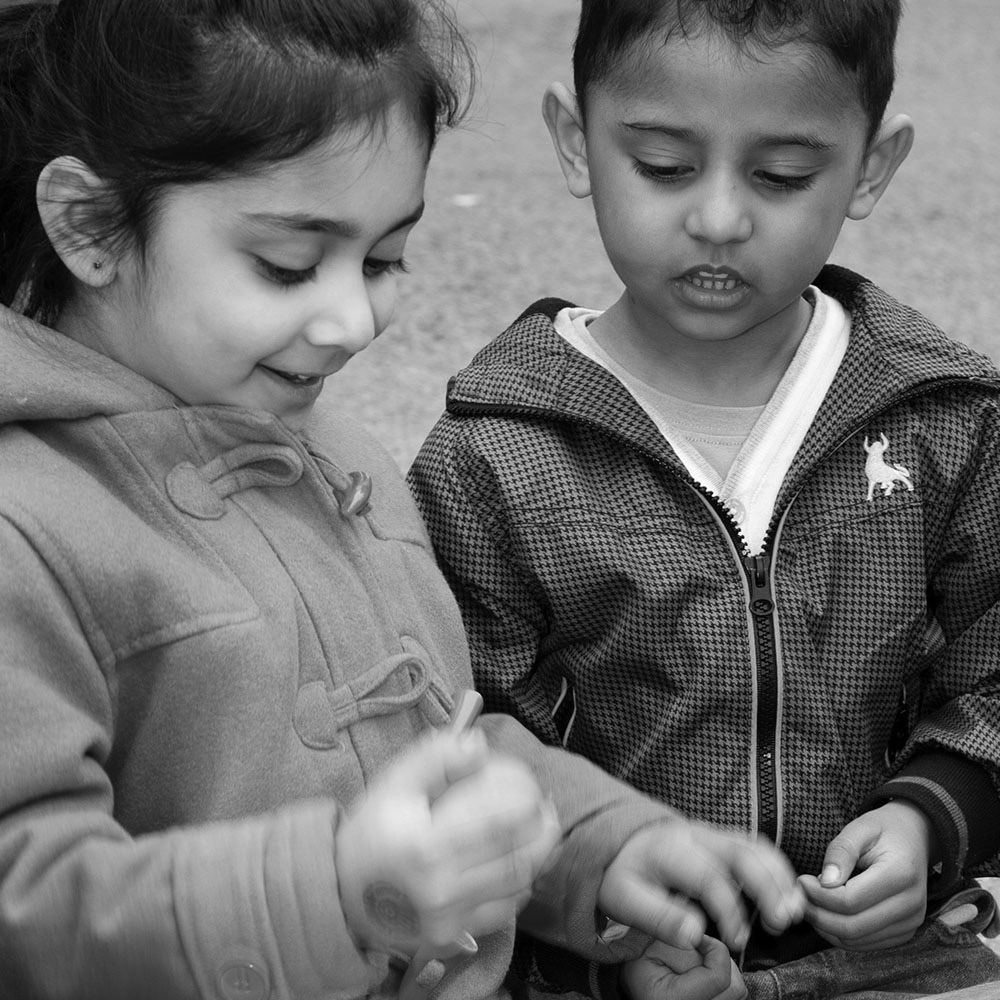
The book provides case study examples throughout
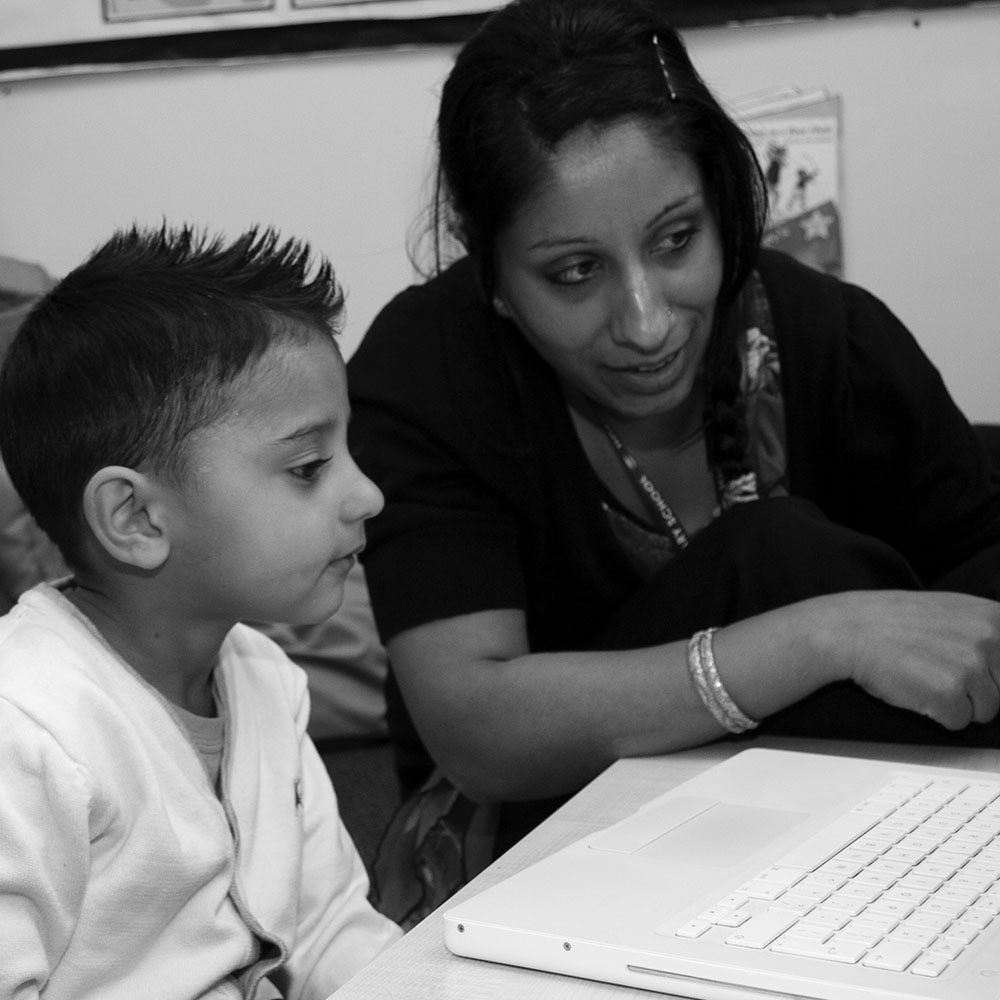
This book explains how to plan, document and assess project work
An introduction to the project approach
Current thinking supports practice that involves promoting independence in young children and giving them the tools to become proficient learners as they continue through their education (DCELLS, 2008a; DCSF, 2008; Featherstone and Featherstone, 2008; Glazzard et al, 2010). In recent years policy makers and researchers have placed emphasis on the importance of enabling children to take control of their learning. The integration of Assessment for Learning methods into the Primary Strategies, as well as the focus upon critical thinking skills and the promotion of sustained shared thinking in the Early Years Foundation Stage (EYFS) guidance for England are other examples of this shift.
The project approach is a child-centred teaching strategy that enables children to follow their interests and fascinations, while developing the independence, knowledge and thinking skills they will need to become life-long learners.
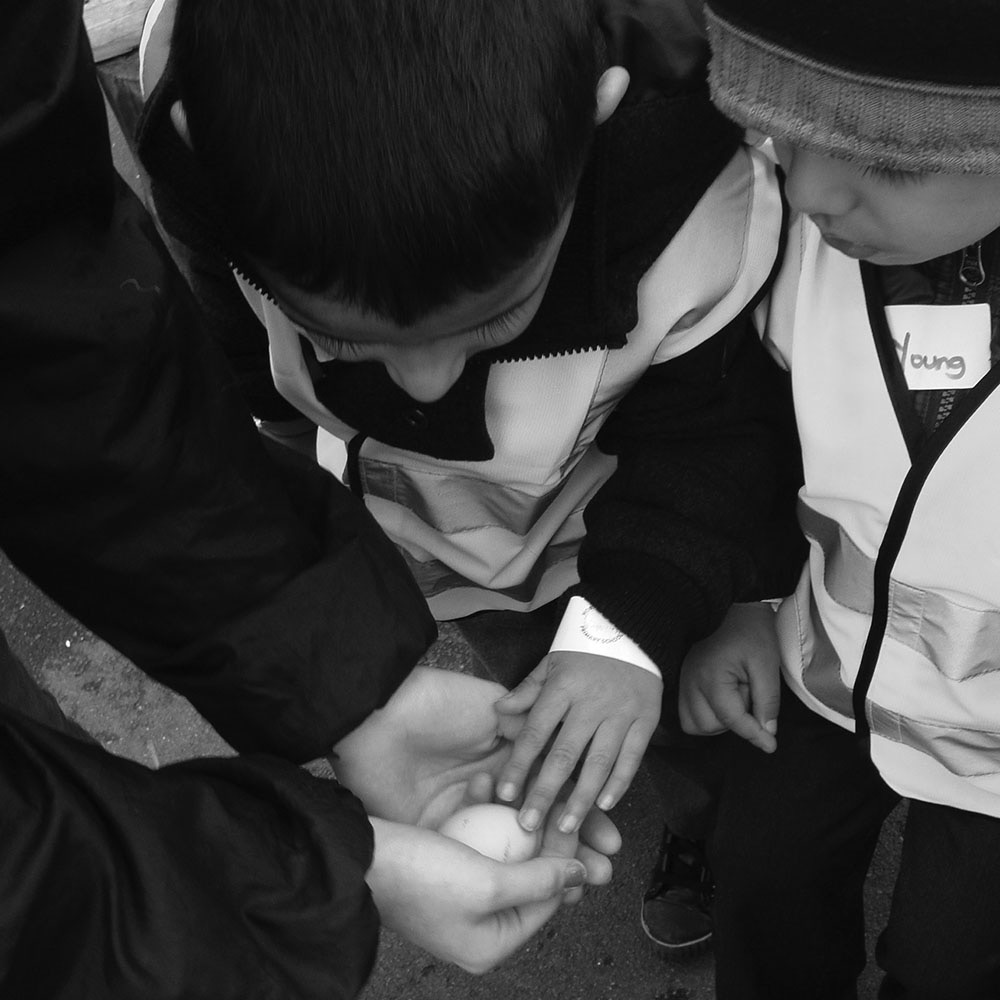
During a farm visit some nursery children were particularly interested in chicken eggs, which triggered a project all about eggs
What the project approach involves
Early years practitioners will be familiar with the use of themes and topics when planning curriculum delivery. It is common practice to choose a new topic each half term and plan subject related activities around it. For example, practitioners might use a topic about growing as inspiration for planning activities across all six areas of learning. For example, mathematical activities might include measuring the heights of children or bean stalks; literacy skills might be practised in a role-play gardening centre as children take on different roles; physical activities may involve playing jumping bean games; children may develop knowledge and understanding by growing their own bean plants; they might create collages with paper petals; and they could share pictures of themselves as babies and find out about the needs of young children. Such activities serve their purpose and teach a range of knowledge and skills. However, although the overarching theme helps to create some commonality between areas of learning, teaching in this way can be disjointed and children often only scratch the surface in terms of learning any in-depth knowledge about the focus topic.
The project approach entails taking an area of interest which may stem from a topic and using this as a basis for in-depth enquiry or research. Areas of learning are not simply linked by a topic or theme; they are integrated as a result of the investigative process. Knowledge and skills are not taught in isolation, but rather acquired and practised within a meaningful context that makes sense to children. All projects stem from the interests of the children and are planned or developed in collaboration with children. This is in contrast to topics that might have initially been suggested by the children, but are ultimately adult-controlled (Nutbrown, 2006, p.33).
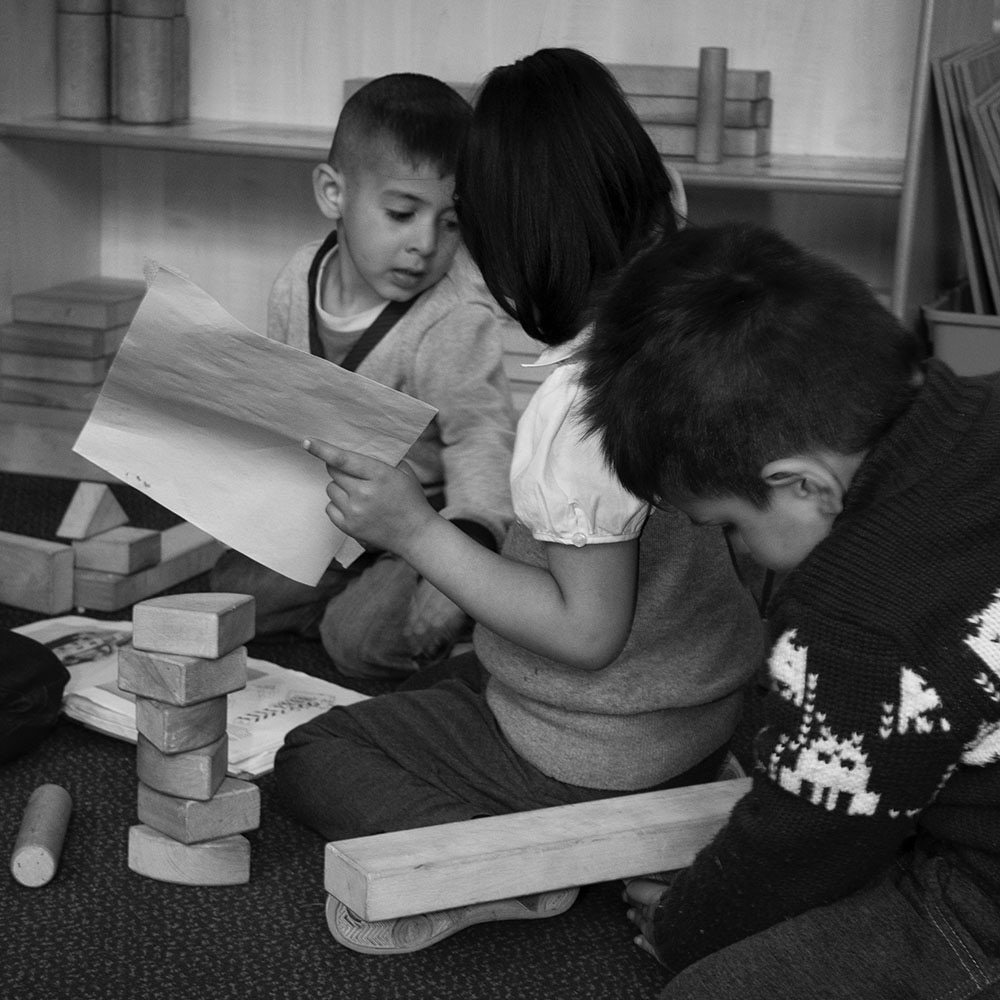
Projects give children practical opportunities to develop their knowledge and understanding of how the world works
Lilian Katz and Sylvia Chard
The project approach in a contemporary context
In Engaging Childrens Minds Katz and Chard (2000) describe a project as follows:
We use the term project to refer to an in-depth study of a particular topic a project is a piece of research about a topic one that may be related to a larger theme in which childrens ideas, questions, theories, predictions, and interests are major determinants of the experiences provided and the work accomplished.
(Katz and Chard, 2000, pp.2 and 5).
According to their model a project is divided into three phases:
- the first phase is the planning stage whereby the practitioner finds out what the children already know about the subject and what they would like to find out;
- the second phase is the actual investigation, involving research and field work;
- the final phase entails drawing the project to a close with an event or display of the childrens work.
Font size:
Interval:
Bookmark:
Similar books «The Project Approach in Early Years Provision»
Look at similar books to The Project Approach in Early Years Provision. We have selected literature similar in name and meaning in the hope of providing readers with more options to find new, interesting, not yet read works.
Discussion, reviews of the book The Project Approach in Early Years Provision and just readers' own opinions. Leave your comments, write what you think about the work, its meaning or the main characters. Specify what exactly you liked and what you didn't like, and why you think so.

